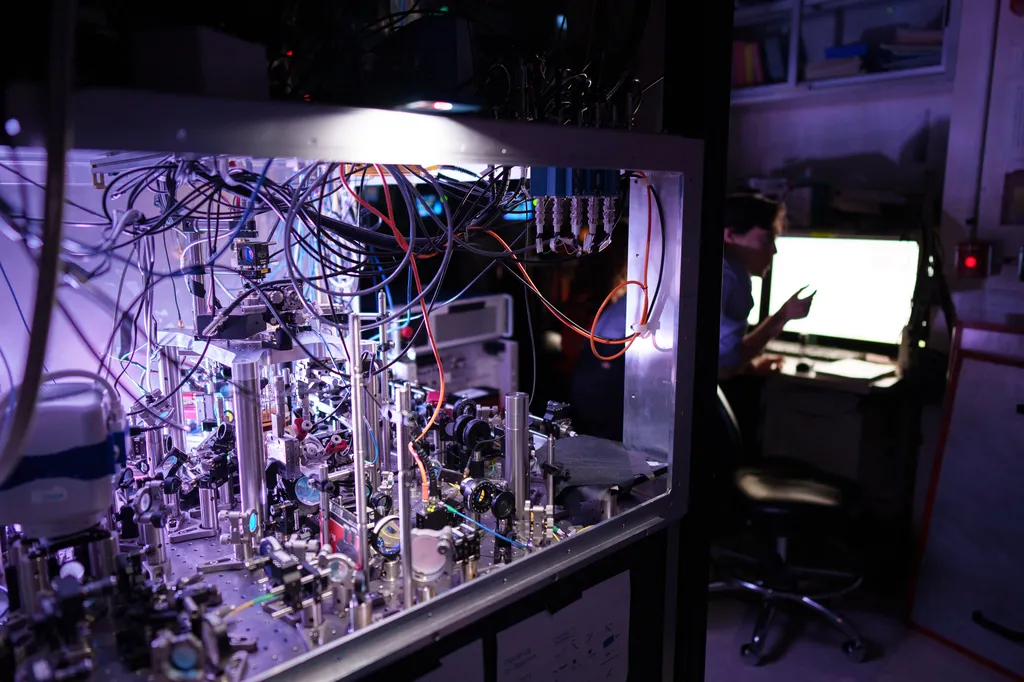In the rapidly evolving world of quantum computing, researchers are constantly pushing the boundaries of what’s possible. A recent study published in the IEEE Transactions on Quantum Engineering, titled “Realization and Calibration of Continuously Parameterized Two-Qubit Gates on a Trapped-Ion Quantum Processor,” offers a significant step forward in the practical implementation of quantum gates. The lead author, Christopher G. Yale from Sandia National Laboratories in Albuquerque, NM, USA, and his team have provided a comprehensive guide on how to implement these gates on the Quantum Scientific Computing Open User Testbed, a low-level trapped-ion processor.
The research focuses on continuously parameterized two-qubit gates, a key feature of state-of-the-art trapped-ion quantum processors. These gates have favorable error scalings and show distinct improvements in circuit performance over more restricted maximally entangling gatesets. The team’s approach involves scaling the amplitude of light used to generate entanglement, a process that requires careful consideration of amplifier saturation and variable light shifts.
“We found a linear scaling between the entangling angle and the residual light shift,” said Yale. “By calibrating and canceling the dominant fourth-order effects, and using a dynamic virtual phase advance during the gate, we were able to mitigate these issues and demonstrate performance improvement with decreasing entangling angles.”
The implications of this research are far-reaching, particularly for the energy sector. Quantum computing has the potential to revolutionize energy management, optimization, and security. For instance, it could help in the development of more efficient solar cells, better batteries, and improved grid management systems. The ability to implement these continuously parameterized two-qubit gates more effectively could accelerate the development of these applications.
Moreover, the research highlights the nuances of hardware control, which is crucial for transforming the XX-type interaction of the arbitrary-angle Mølmer–Sørensen gate into a phase-agnostic and crosstalk-mitigating ZZ interaction. This could pave the way for more robust and reliable quantum computing systems.
As we look to the future, this research could shape the development of more efficient and powerful quantum processors. It could also inspire further studies into the calibration and implementation of quantum gates, ultimately bringing us closer to the practical, large-scale use of quantum computing in various industries, including energy.
In the words of Yale, “This work is a significant step forward in the practical implementation of quantum gates. It’s not just about understanding the theory, but also about making it work in the real world.” And that’s exactly what this research does. It bridges the gap between theory and practice, bringing us one step closer to the quantum future.

